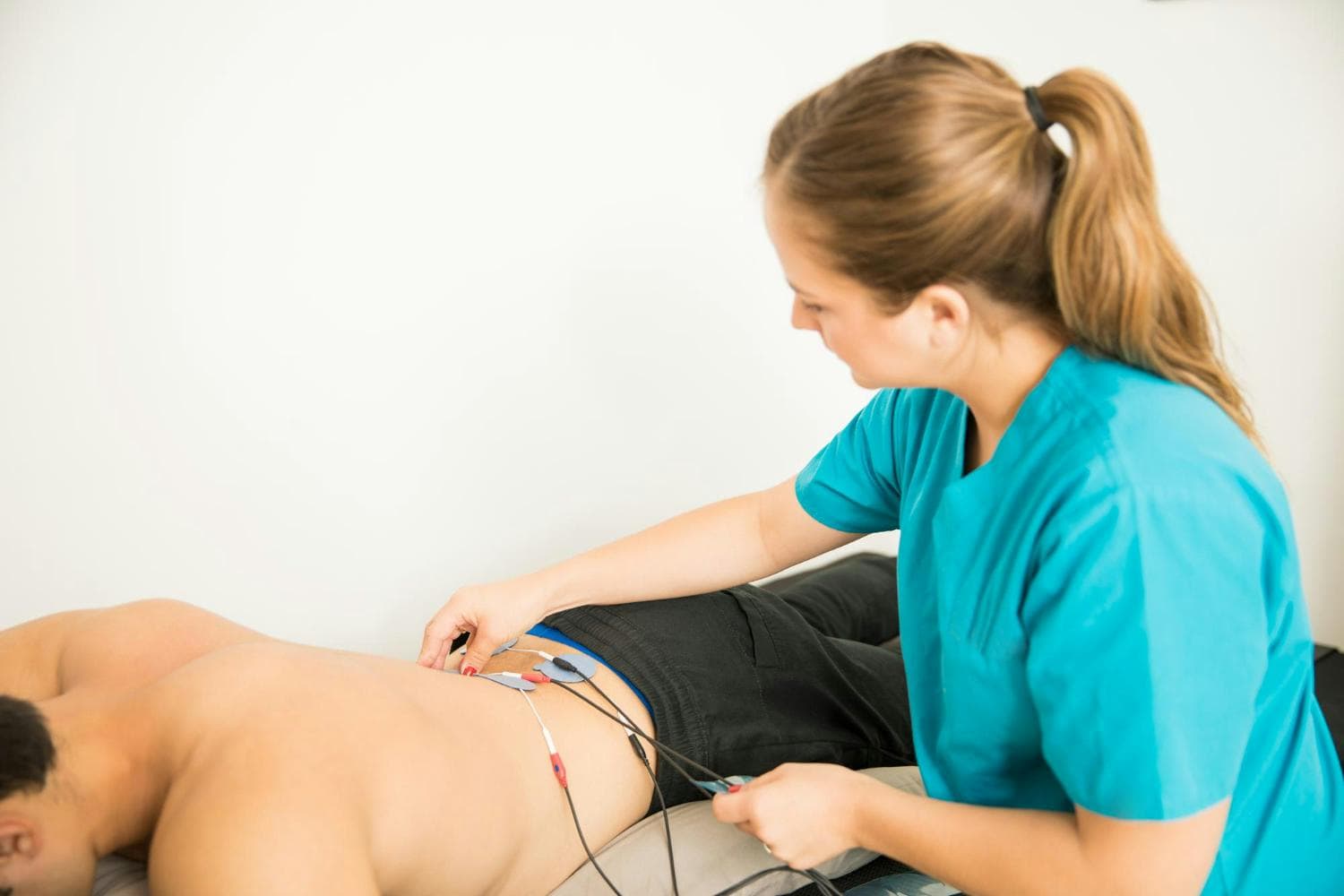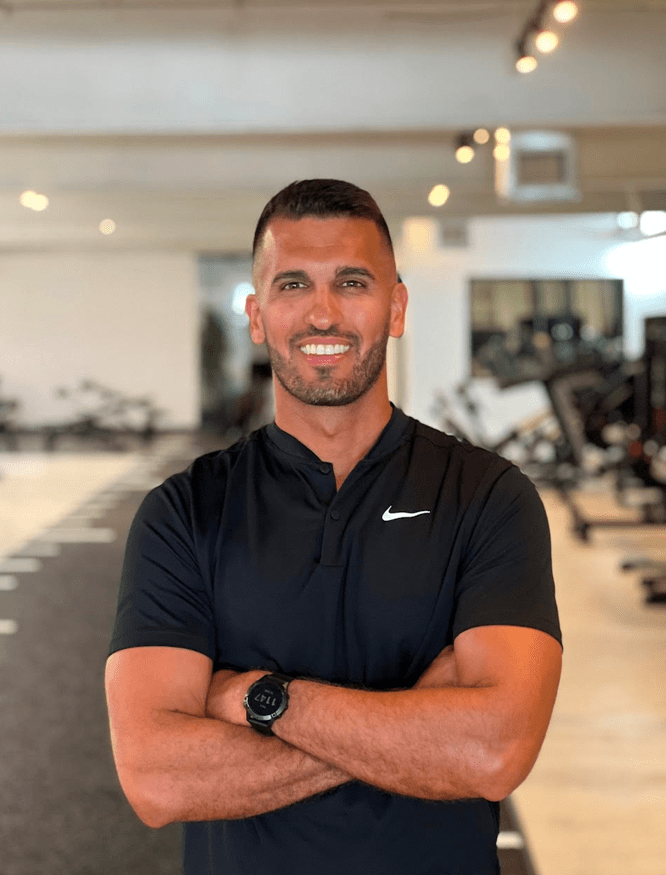Introduction
Dry needling for hip pain and its integration with physical therapy is gaining popularity as a therapeutic approach for various musculoskeletal issues. In this article, we’ll delve into the nuances of this combined approach, exploring its effectiveness, safety, and how it compares to other treatment modalities.
Understanding Dry Needling For Hip Pain
Dry needling is a technique trained practitioners employ to address chronic pain and dysfunction, especially in the hip joint, aiming to enhance the range of motion. Specifically designed for hip pain, the procedure involves the insertion of slender needles into trigger points to release tension and promote healing. Understanding the mechanics of this technique is crucial for appreciating its application in relieving chronic hip pain and improving the range of motion.
Explanation of how Dry Needling works
Dry needling for hip pain involves placing needles in different areas around the hip, such as the muscles around the side and back of the buttock and the muscles in the thighs and lower back. The process of dry needling focuses on trigger points, which are taut bands of muscle fibers causing discomfort and restricting movement.
Deep dry needling uses needles longer than 10 mm. This technique deactivates trigger points by causing a local twitch response (LTR). The LTR is linked to better functioning and less pain, both at the trigger point and in distant areas with referred pain.
Effectiveness of Dry Needling for Hip Pain

Research studies extensively delve into the effectiveness of dry needling in alleviating hip pain, particularly targeting myofascial trigger points and taut bands. Various trials highlight its positive impact on pain reduction, improved muscle strength, and enhanced physical function, especially in patients dealing with hip osteoarthritis. Let’s analyze some of these studies to comprehend the evidence supporting dry needling for hip pain in patients.
Analysis of research studies
Recent studies have shown promising results on the effectiveness of dry needling in managing hip pain. Patients undergoing dry needling therapy reported significant improvements in pain levels, muscle strength, and overall physical function.
Patients typically experience positive results from trigger point dry needling within four sessions. These findings underscore the potential of dry needling as a viable option for individuals seeking relief from hip discomfort.
Safety of Dry Needling for Hip Pain
While dry needling for hip myofascial pain, muscle tension, and blood flow is generally considered safe, it’s essential to acknowledge potential risks and side effects associated with the procedure over a specific period of time. Understanding these aspects ensures informed decision-making for individuals considering dry needling.
Potential risks and side effects
Temporary Soreness: A common occurrence after dry needling is temporary soreness at the needling site, attributed to natural responses as the muscles and connective tissue undergo therapeutic changes.
Occasional Bruising: Some individuals may experience occasional bruising at the needling site. This is typically mild and temporary, affecting the soft tissues in the treated area.
Rare Severe Complications: Severe complications are exceptionally rare when performed by a qualified practitioner. It underscores the importance of choosing a certified and experienced professional for the procedure.
Measures to mitigate risks
Certified and Experienced Practitioner: Choosing a certified and experienced practitioner is crucial in enhancing the safety of dry needling. Certification ensures that the practitioner has undergone specific training in the technique, reducing the likelihood of errors.
Open Communication with Healthcare Provider: Prior to undergoing dry needling, engaging in open communication with your healthcare provider is essential. Discussing your medical history allows your healthcare team to identify potential risk factors, ensuring a more informed and personalized approach to the procedure.
Informed Decision-Making: Understanding the qualifications of your practitioner and transparently sharing your medical history enables you to make an informed decision about whether dry needling is the right choice for you. This collaborative approach between you and your healthcare provider is integral to a safe and effective treatment experience.
Comparison with Other Treatments
Dry needling stands out when compared to traditional treatments, offering unique advantages. Let’s explore these distinctions, weighing dry needling against medications or physical therapy. Understanding these differences will guide individuals in choosing the most suitable approach for managing their hip pain.
Traditional Treatments Evaluation
Whether weighed against medications or physical therapy, understanding how dry needling, with its focus on myofascial release, stands out can guide individuals in choosing the most suitable approach for achieving effective pain relief in managing their musculoskeletal pain, specifically in the hip region.
Distinctive Nature of Dry Needling
Dry needling’s focus on trigger points and its localized therapeutic impact distinguishes it from more generalized treatments. This precision can be particularly beneficial for those seeking targeted relief for hip pain.
Non-Pharmacological Alternative
Dry needling is especially appealing to individuals who prefer drug-free approaches or those seeking complementary therapies alongside traditional treatments.
Complementing Physical Therapy
When compared to standalone physical therapy, incorporating dry needling can offer synergistic benefits. The combined approach addresses both the underlying muscular issues through needling and engages in broader physical rehabilitation strategies.
Personalized Treatment Choice
Understanding the nuances of how dry needling compares to other treatments empowers individuals to make a more personalized treatment choice. Factors such as preferences, lifestyle, and the nature of the hip pain can influence the decision-making process.
Considerations for Dry Needling Treatment

Before opting for dry needling, individuals, especially those considering physical therapy in Edgewater, should factor in elements like pain tolerance, overall health, and any pre-existing conditions. Discussing these aspects with a healthcare professional ensures a personalized and effective treatment plan. If you’re seeking expert guidance, consider reaching out to Inspire Health Physical Therapy for comprehensive care tailored to your needs.
Conclusion
In conclusion, dry needling emerges as a promising option for addressing hip and joint pain, backed by research and positive outcomes over extended periods of time. When performed by skilled practitioners, its effectiveness positions it as a valuable complementary therapy in musculoskeletal care, particularly in targeting active trigger points.
FAQs
Q1: Is the effectiveness of dry needling therapy on pain hip muscle strength and physical function in patients with hip osteoarthritis?
A1: Research suggests that trigger point therapy for hip pain, specifically through dry needling, can significantly enhance severe pain levels, muscle strength, and physical function, including passive hip range, in individuals with hip osteoarthritis. This improvement is often observed within a limited treatment session.
Q2: What do you wear for dry needling in your hips?
A2: Wear comfortable clothing during dry needling in the hip that allows easy access to the hip area. Loose-fitting pants or shorts are often suitable for the procedure.
Q3: Can you dry needle your hip flexor?
A3: Yes, dry needling can effectively address tightness and discomfort, including a deep ache, in the hip flexor. However, it’s crucial to consult with a competent healthcare professional to understand personalized advice and the effectiveness of trigger point treatment.


